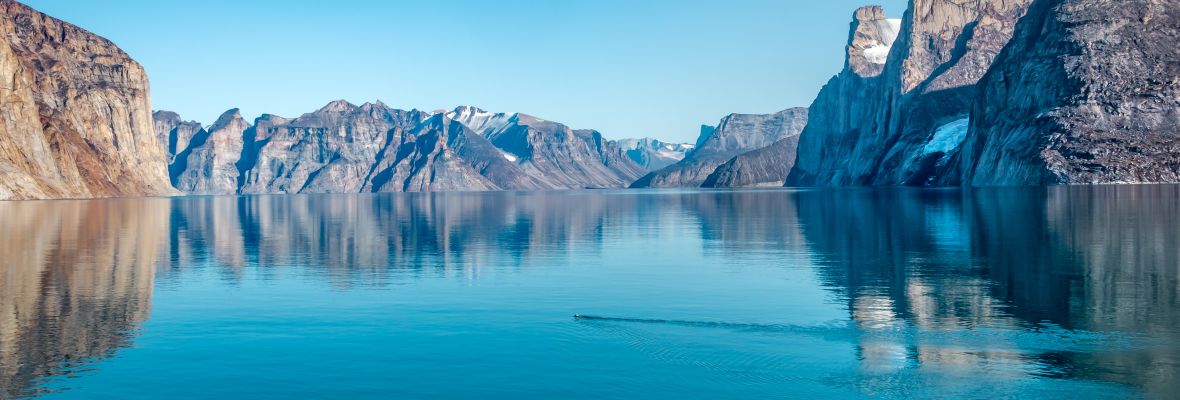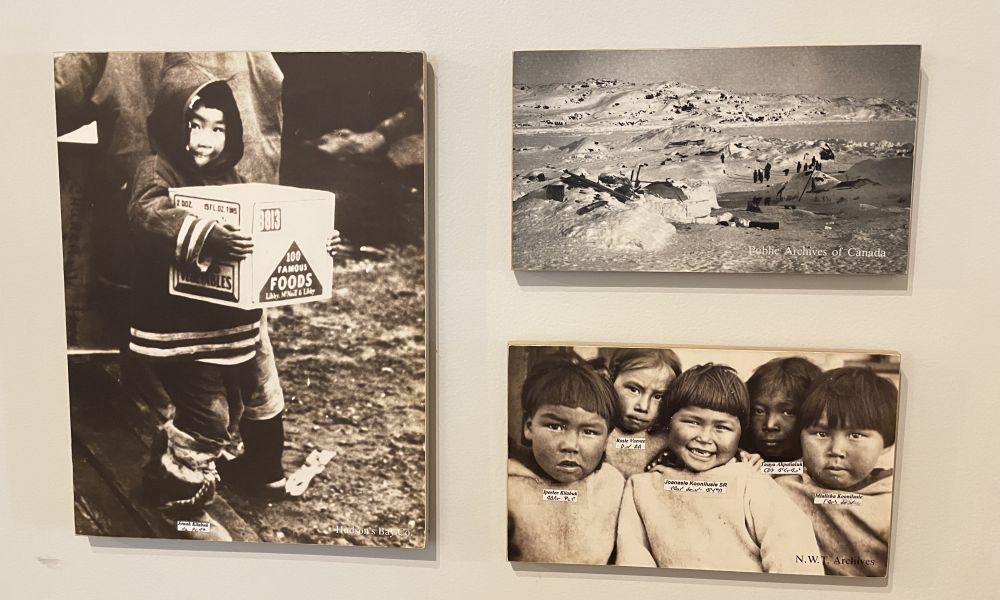Exciting changes are on the way!
As part of our merger with Polar Latitudes, we’re refreshing key elements of our website to reflect this new chapter. Discover more in our latest news update.
Arctic Canada has a vibrant and rich history, dating back thousands of year and still very much alive today. From Paleo Eskimo cultures to the age of explorers, from the discovery of the North-West passage to modern-day Inuit communities, this region and its people can offer a unique window into the history of the Arctic.
The history of Arctic Canada goes back thousands of years, beginning with the Paleo-Eskimo cultures that first arrived around 4,000 years ago. These early settlers, believed to be the ancestors of today’s Inuit, adapted to the extreme Arctic environment through innovative hunting techniques and a deep knowledge of the land and sea. Over time, various cultures, including the Dorset and Thule peoples, left their mark on the Arctic landscape, as evidenced by archaeological sites scattered across the region.
The Thule people, ancestors of the modern Inuit, are believed to have migrated from Alaska to Arctic Canada around 1,000 years ago, bringing with them advanced tools and the technology to hunt large sea mammals like whales. Their arrival marked the beginning of a long and enduring relationship between the Inuit and the Arctic, with the culture thriving despite the challenges posed by the environment.
European exploration of Arctic Canada began in the 16th century, as explorers like Martin Frobisher and John Davis sought the elusive Northwest Passage—a sea route connecting the Atlantic and Pacific Oceans. These expeditions, although often dangerous and unsuccessful in their goals, laid the foundation for further exploration and the eventual colonization of the Arctic. The fur trade, spearheaded by the Hudson’s Bay Company, became a major economic driver in the region, connecting Indigenous communities with European traders.
In more recent history, the creation of Nunavut in 1999 marked a significant step toward self-governance for the Inuit people. The establishment of this new territory, carved out of the eastern portion of the Northwest Territories, gave the Inuit greater control over their land and resources, while also recognizing their cultural and political autonomy. Today, Arctic Canada is a place where ancient traditions blend with modern life, and its history continues to evolve as the region navigates challenges like climate change and economic development.
The northern communities of Arctic Canada, such as Iqaluit, Pond Inlet, and Rankin Inlet, serve as reminders of the deep connection between the people and the land, offering a unique window into the resilience and adaptability that has defined the region for millennia.
Facts about History of Arctic Canada
- Arctic
- Canada




